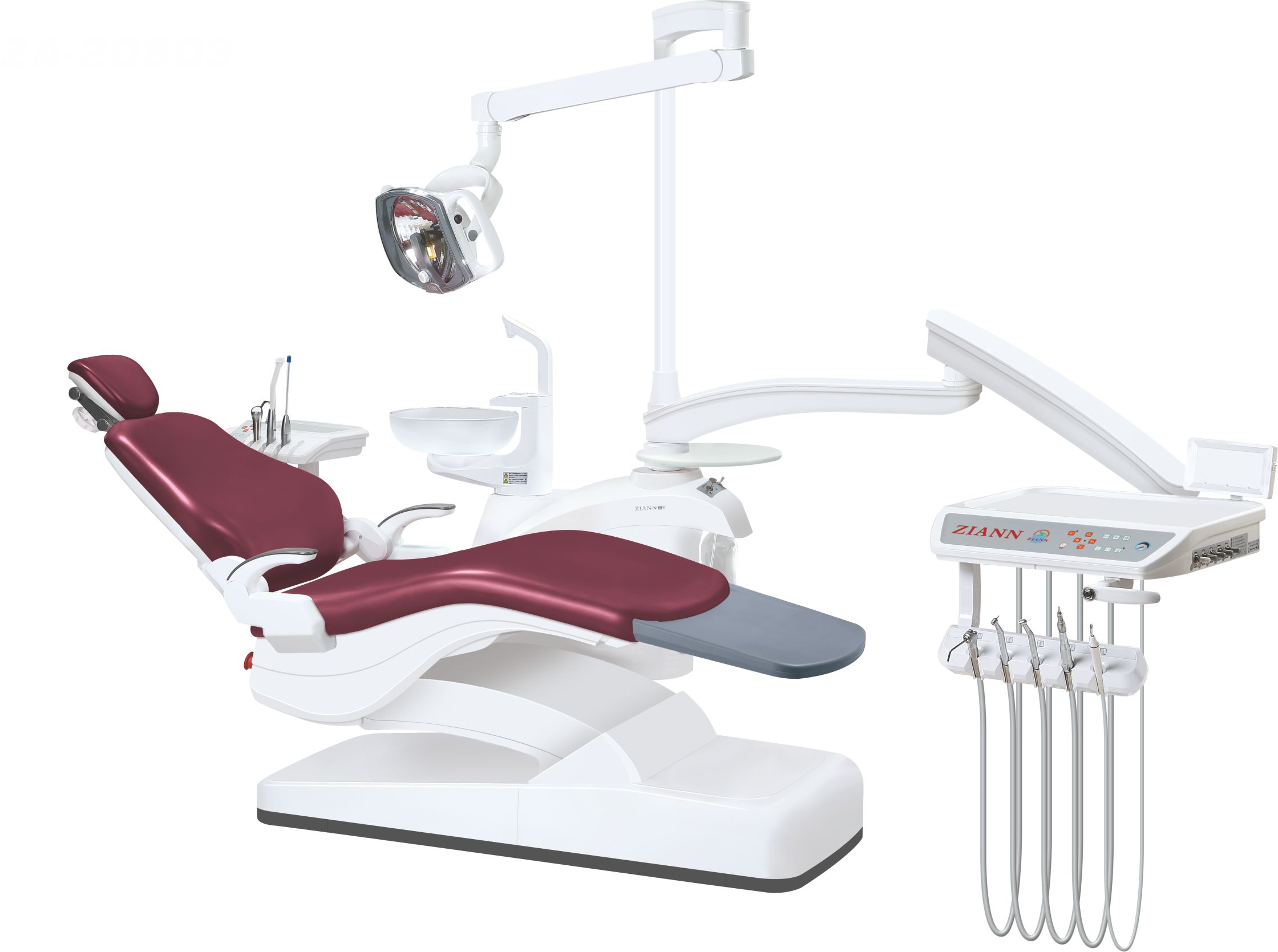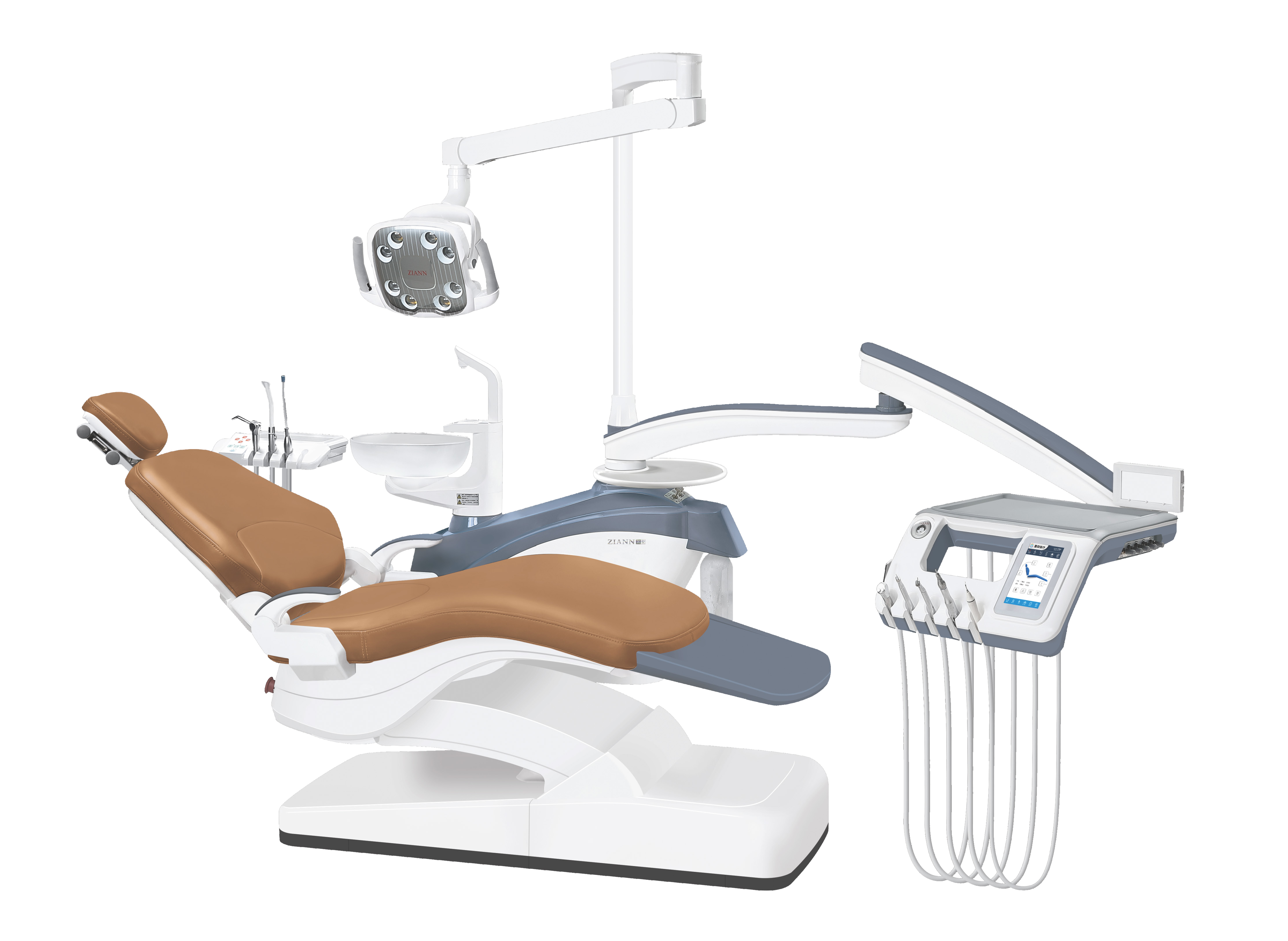In the dentistry treatment, ensuring stringent infection control measures is paramount. Dental digital disinfection units have emerged as a revolutionary solution in this aspect, leveraging advanced technology to uphold impeccable hygiene standards within dental settings. However, do you know what it is and why dental digital disinfection units are a good investment. In this post, the author would give introduce you this new dental equipment.
What is Dental Digital Disinfection Unit?
The dental digital disinfection unit is the latest dental chair with a disinfection system solution, aiming to eradicate pathogens and minimize cross-contamination risks in dental clinics.
It integrates cutting-edge technologies such as UV-C disinfection and automated cleaning protocols to elevate infection control to unprecedented levels.
Importance of Infection Control in Dental Settings
Maintaining a sterile environment in dental clinics is essential to safeguard both patients and practitioners against the spread of infections. Digital disinfection units are pivotal in achieving this goal by precisely targeting and eliminating pathogens.
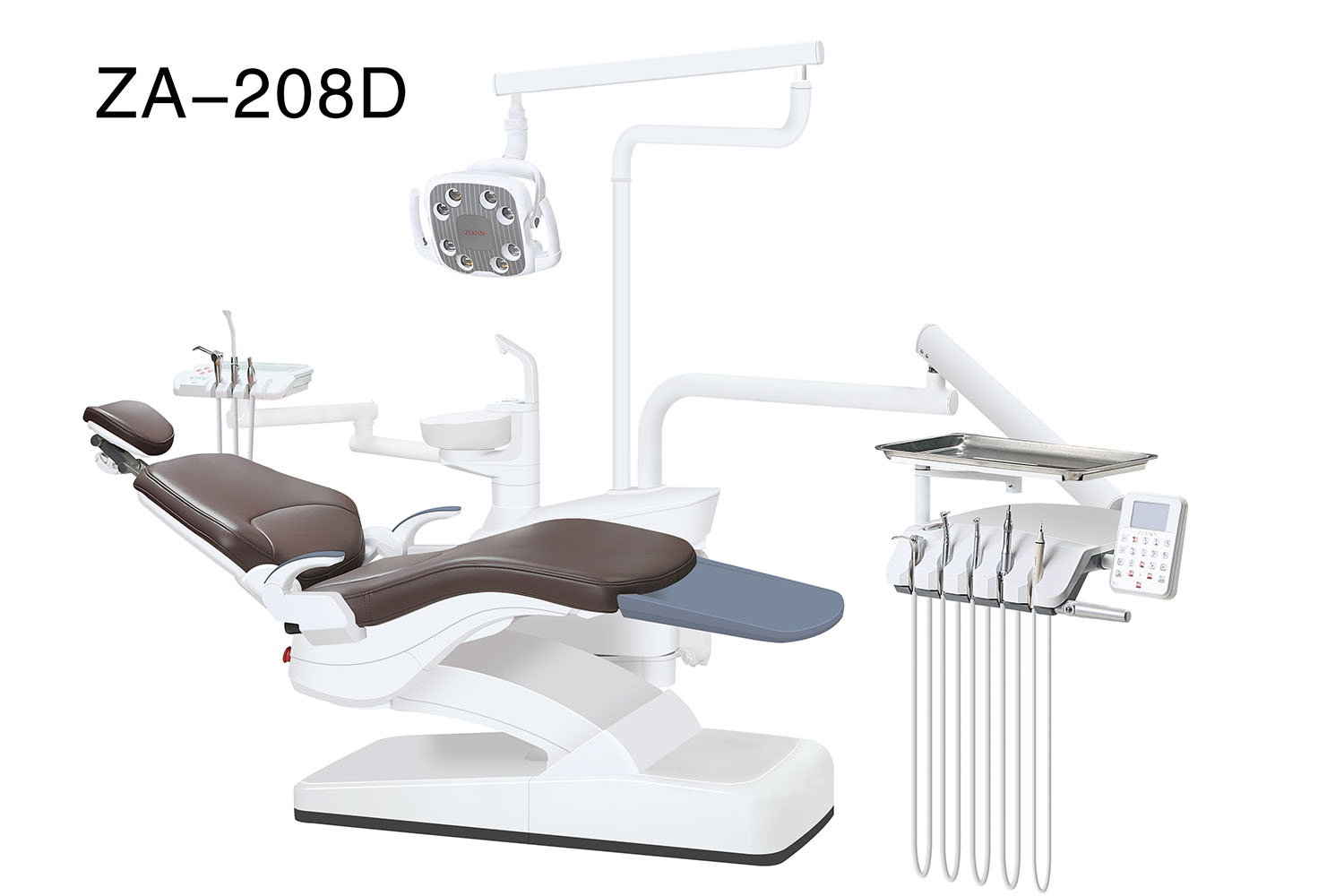
Key Advantages of Dental Digital Disinfection Units
Digital disinfection units in dental practices offer an array of advantages that significantly contribute to the enhancement of clinical processes, patient safety, and cost-effectiveness.
Enhanced Infection Control Measures
Digital disinfection units stand out for their precision in eliminating pathogens. Utilizing advanced technologies such as UV-C light and automated cleaning protocols, these units target and eradicate a wide spectrum of harmful microorganisms.
This meticulous approach ensures that surfaces and equipment crucial for dental procedures are almost entirely sterilized, minimizing the risk of infection transmission between patients and practitioners.
Reduction of Cross-Contamination Risks
One of the primary concerns in dental settings is the potential for cross-contamination. Digital disinfection units play a pivotal role in reducing these risks significantly. By implementing stringent disinfection protocols, these units effectively curb the spread of infections, fostering a safer environment for both dental professionals and patients.
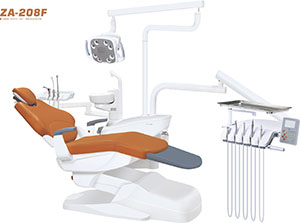
Dental Digital Disinfection Unit
Time-Saving Features
Integrating digital disinfection units into dental practices introduces time-saving features that streamline the disinfection process. These units are designed to seamlessly work with existing dental equipment and come equipped with user-friendly interfaces.
As a result, dental practitioners can efficiently incorporate disinfection into their workflow without significant time constraints, optimizing the overall treatment process for patients.
Streamlined Disinfection Processes
The integration of digital disinfection units brings about a notable improvement in the overall efficiency of disinfection processes. From quick setup to automated cleaning cycles, these units reduce the manual effort required for sterilization. This streamlining ensures that the dental team can focus more on patient care while maintaining the highest standards of hygiene.
Meeting Industry Guidelines and Requirements
Most digital disinfection units are aligned with industry guidelines set forth by reputable organizations such as the Centers for Disease Control and Prevention (CDC) and the American Dental Association (ADA).
Their implementation ensures that dental clinics adhere to stringent standards of cleanliness and infection control, meeting or even exceeding regulatory requirements.
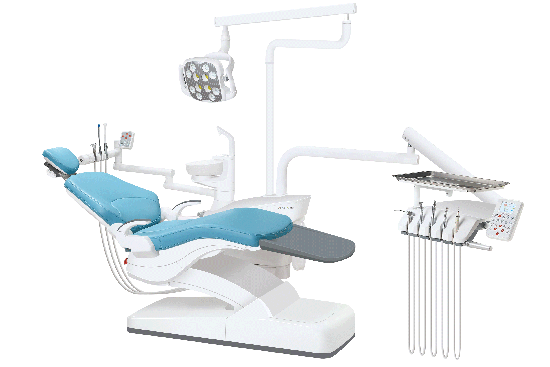
Chair Digital Disinfection Unit
Ensuring Patient Safety and Trust
Compliance with these regulatory standards not only demonstrates a commitment to best practices but also fosters patient trust. Patients feel reassured knowing that the dental practice prioritizes their safety and well-being, thereby strengthening the patient-practitioner relationship.
Potential Reduction in Treatment Costs
Despite the initial investment, digital disinfection units present the potential for substantial long-term savings. By significantly reducing the occurrence of infections, these units indirectly lower treatment costs associated with managing and treating such infections. The avoidance of post-procedure complications due to enhanced infection control measures can translate into considerable financial savings for both patients and clinics.
Minimized Maintenance Expenses
Furthermore, these units are designed for durability and efficiency, leading to minimized maintenance expenses over their operational lifespan. Manufacturers often provide warranties and maintenance plans that ensure the sustained functionality of the equipment, reducing unexpected repair costs and enhancing the overall cost-effectiveness of the investment.
Conclusion
Investing in dental digital disinfection units is not just a choice but a necessity in modern dental practices. Their ability to elevate infection control, streamline workflow, ensure compliance, and offer long-term cost benefits makes them indispensable tools for safeguarding patient and practitioner well-being.
As technology continues to evolve, these units will play an increasingly pivotal role in shaping the future of infection control in dentistry, fostering a safer and more efficient environment for all.



